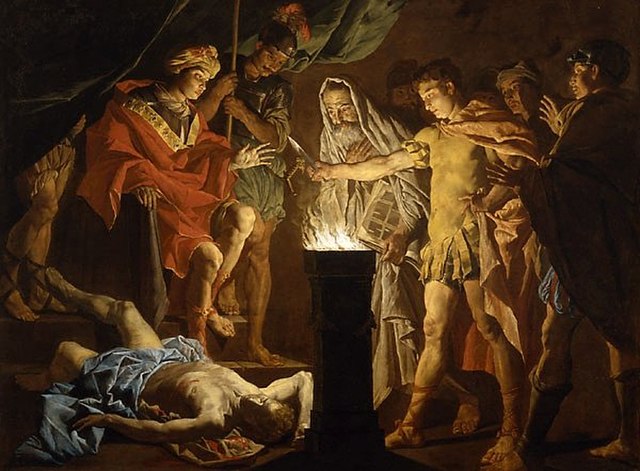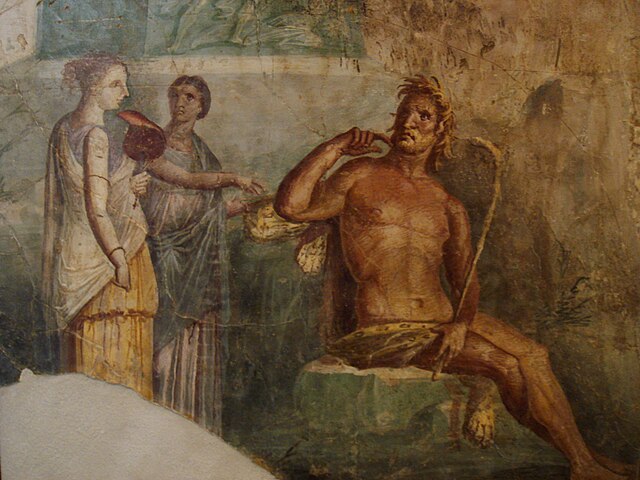Romulus and Remus
Videos
Page
In Roman mythology, Romulus and Remus are twin brothers whose story tells of the events that led to the founding of the city of Rome and the Roman Kingdom by Romulus, following his fratricide of Remus. The image of a she-wolf suckling the twins in their infancy has been a symbol of the city of Rome and the ancient Romans since at least the 3rd century BC. Although the tale takes place before the founding of Rome around 750 BC, the earliest known written account of the myth is from the late 3rd century BC. Possible historical bases for the story, and interpretations of its local variants, are subjects of ongoing debate.

La Lupa Capitolina "the Capitoline Wolf". Traditional scholarship says the wolf-figure is Etruscan, 5th century BC. The figures of Romulus and Remus were added in the 15th century AD by Antonio del Pollaiuolo. Some modern research suggests that the she-wolf may be a Romanesque sculpture dating from the 13th century AD

Altar to Mars (divine father of Romulus and Remus) and Venus (their divine ancestress) depicting elements of their legend. The god Tiberinus ("Father Tiber") and the infant twins being suckled by a she-wolf in the Lupercal are below. A vulture from the contest of augury and Palatine hill are to the left. (From Ostia, now at the Palazzo Massimo alle Terme)

The Shepherd Faustulus Bringing Romulus and Remus to His Wife, Nicolas Mignard (1654)

Romulus and Remus on the House of the She-wolf at the Grand-Place of Brussels
Roman mythology
Videos
Page
Roman mythology is the body of myths of ancient Rome as represented in the literature and visual arts of the Romans. One of a wide variety of genres of Roman folklore, Roman mythology may also refer to the modern study of these representations, and to the subject matter as represented in the literature and art of other cultures in any period. Roman mythology draws from the mythology of the Italic peoples and ultimately from Proto-Indo-European mythology.

Romulus and Remus, the Lupercal, Father Tiber, and the Palatine on a relief from a pedestal dating to the reign of Trajan (AD 98–117)

In this wall painting from Pompeii, Venus looks on while the physician Iapyx tends to the wound of her son, Aeneas; the tearful boy is her grandson Ascanius, also known as Iulus, legendary ancestor[citation needed] of Julius Caesar and the Julio-Claudian dynasty

Mucius Scaevola in the Presence of Lars Porsenna (early 1640s) by Matthias Stom

Polyphemus hears of the arrival of Galatea; ancient Roman fresco painted in the "Fourth Style" of Pompeii (45–79 AD)